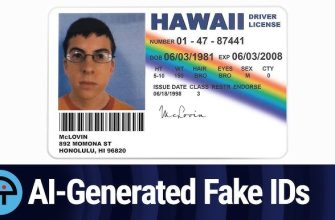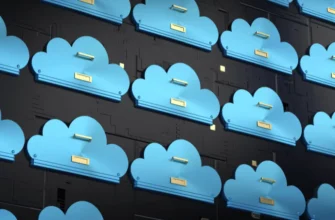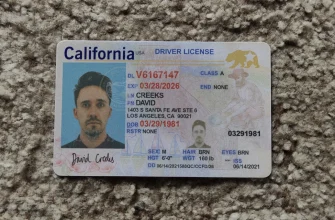In an era dominated by technological advancements, the prevalence of fake documents poses a significant threat to individuals, businesses, and governments alike. However, modern technology also provides powerful tools and solutions to combat the production and use of counterfeit documentation. This article explores how cutting-edge technologies are being leveraged to address the challenges associated with fake documents.
- Blockchain Technology:a. Immutable Records: Blockchain technology, known for its decentralized and tamper-resistant nature, is being increasingly employed to create immutable records. By storing document information on a blockchain, it becomes virtually impossible to alter or forge, enhancing the security and authenticity of documents.b. Smart Contracts for Verification: Smart contracts, programmable self-executing contracts on a blockchain, can be utilized for document verification. These contracts automatically enforce predefined rules, streamlining the verification process and reducing the reliance on manual checks.
- Artificial Intelligence (AI) and Machine Learning (ML):a. Document Verification Software: AI-powered document verification software is becoming more sophisticated in detecting fake documents. These systems use machine learning algorithms to analyze various document elements, including fonts, signatures, and security features, to identify inconsistencies or irregularities.b. Biometric Authentication: Incorporating biometric authentication, such as facial recognition or fingerprint scanning, adds an extra layer of security to document verification. AI algorithms can compare live biometric data with the information presented in the documents, enhancing identity verification.
- Secure QR Codes and RFID Technology:a. Enhanced Authentication: Integrating secure QR codes and RFID (Radio-Frequency Identification) technology into documents adds an extra layer of authentication. These technologies allow for the encoding of information that can be easily verified using specialized scanners or mobile applications.b. Traceability and Anti-Counterfeiting: QR codes and RFID tags enable traceability throughout the supply chain, making it possible to track the origin and movement of documents. This feature is particularly valuable in industries where counterfeiting poses a significant threat, such as pharmaceuticals and luxury goods.
- Advanced Printing Technologies:a. Microprinting and Holography: Advanced printing technologies, including microprinting and holography, are employed to create intricate and difficult-to-replicate security features. These features are often incorporated into official documents, such as passports and banknotes, to deter counterfeiters.b. Color-Shifting Inks: The use of color-shifting inks adds another layer of complexity to document security. These inks change color when viewed from different angles, making it challenging for counterfeiters to reproduce accurately.
- Document Authentication Apps:a. Mobile Apps for Verification: Mobile applications designed for document authentication empower individuals and businesses to verify the authenticity of documents on the go. These apps often utilize a combination of AI, machine learning, and secure scanning technologies.b. Real-Time Verification: Real-time verification through mobile apps allows for quick and efficient authentication, reducing the risk of accepting fake documents. Users can scan documents using their smartphones and receive instant feedback on the document’s legitimacy.
- Government Initiatives and Digital IDs:a. Digital Identity Initiatives: Many governments are investing in digital identity initiatives to create secure and verifiable digital IDs. These digital IDs often leverage biometric data and advanced encryption techniques, reducing the reliance on physical documents.b. Blockchain-Based Identity Systems: Some governments are exploring the use of blockchain-based identity systems to store and manage citizens’ information securely. This approach enhances data integrity and minimizes the risk of identity theft through fake documents.
The battle against fake documents is evolving with the integration of modern technologies that offer enhanced security, traceability, and efficiency. From blockchain and AI to advanced printing techniques and digital identity initiatives, these technological advancements provide robust solutions to combat the challenges posed by counterfeit documentation. As technology continues to progress, the synergy between innovation and security measures will play a crucial role in creating a more resilient and secure environment against the proliferation of fake documents.




